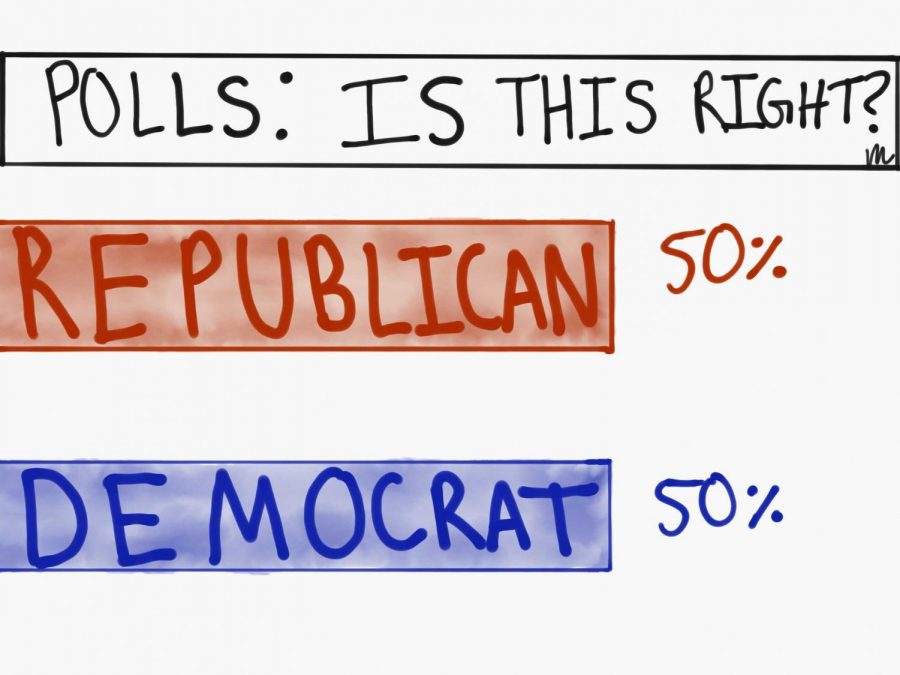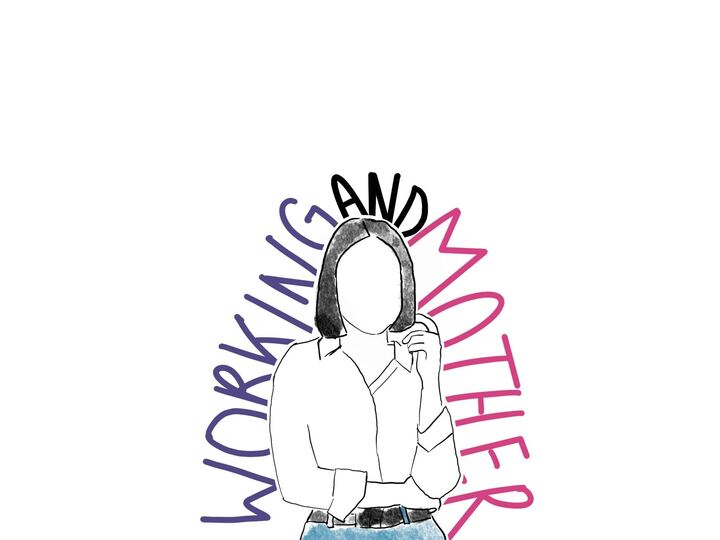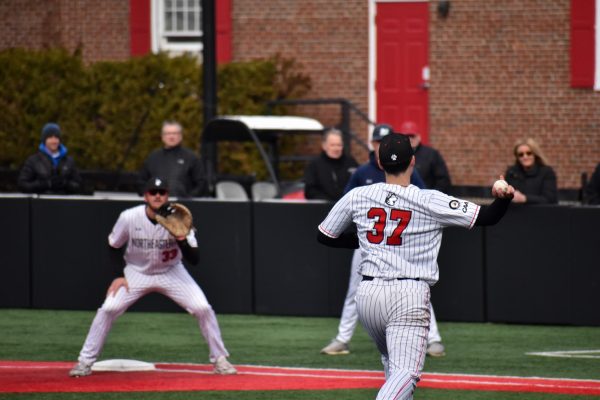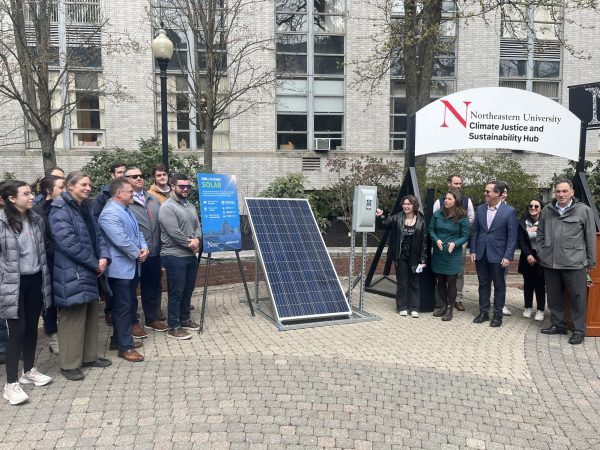Column: Dear media outlets, your polls have failed the American public for far too long
The polling industry is under scrutiny after the results of many races in the 2020 U.S. election diverged widely from its predicted outcome.
December 2, 2020
As the presidential election comes to a close, we have an astronomical problem on our hands. As readers and viewers of the news, we always see a tsunami of polls every election cycle. Throughout the 2016 and 2020 elections, polls routinely predicted a victory for the Democratic candidate. However, this did not come to pass in 2016, and the Democratic Party barely won in 2020. So what happened in regards to the inaccurate polls?
Let’s take a trip back to 2016 when former Secretary of State Hillary Clinton and now President Donald J. Trump battled to become the next President of the United States. Polls were in Clinton’s favor and projected the defeat of Trump. However, quite the opposite situation occurred, as Trump won the 2016 election against all odds.
In the past few months, pollsters yet again projected that the Democratic candidate would win the presidency. Polls predicted that Biden would win Wisconsin by about 6.7 percent, but he actually only won it by less than one percent. The polls also inaccurately claimed that Biden would flip Florida and North Carolina blue. Many inaccuracies were not just limited to the presidential election but extended to Senate races, such as those in Maine, North Carolina and Iowa.
Why, for the past two elections, have the polls become increasingly wrong? In 2016, many were quick to blame the “closeted Trump voter,” or someone who was too afraid to admit that they were voting for Trump. But what about pollsters who were able to account for this margin of error in their polls? One theory is that Democratic voters may have been easier to reach than the average Republican voter. So despite much effort to find Republican voters, pollsters may have simply polled more Democrats in the end.
I think that we can all concur that these past two elections have been a wreck in terms of accurate media coverage. It is necessary to ask ourselves: Why should we even care about what the polls say when they are not accurate? And what can we do for elections going forward?
First, polls give voters inspiration to cast their votes, especially in a closer race. In fact, this year’s contentious election had a voter turnout rate of more than 65 percent, the highest in over a century. Regardless, some people in non-competitive districts and states feel like their vote doesn’t matter, a belief substantially informed by polling data. During extremely important elections, it is imperative to have your voice heard regardless of what polls indicate, as the power to elect the next president is in the hands of the people and not projected polls.
Second, we can promote accurate polls in the media by encouraging participation in polls. The average polling response is 6 percent, which has decreased from as high as 50 percent in the 1980s. If one takes a few minutes to complete a poll, then this can help the candidates better allocate where the most campaigning should take place. When I took AP United States Government & Politics, my teacher always mentioned how when someone would call him asking for his participation in a poll, he would do it. We should all imitate this attitude, which also may allow more Republicans to come out of their shells and convey who they plan on voting for.
Since the polls have not proven to be a perfect measure of actual results, the public should take it upon themselves to change their perception of the polls and take them with a grain of salt. However, the American public still deserves better from pollsters. The polling industry must work harder to obtain more accurate data. Do not continue to fail the American people.
Madison Boudreau Popovic is a first-year political science and business administration combined major. She can be reached at [email protected].


















